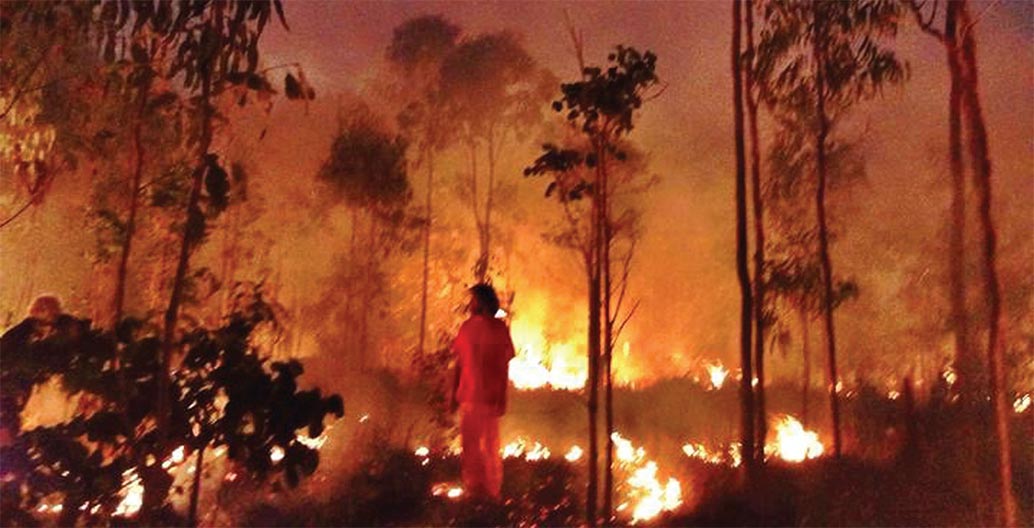
Cultural burning can be a vital fire management tool
Fuel reduction burns have long been practiced by Indigenous custodians in Australia to manage and exploit fire. The Firesticks Alliance is working to establish greater understanding of how fire can help build both cultural and landscape resilience.
[This is an excerpt from Kerb 26: Homelands. Kerb is an annual cross-disciplinary design journal produced through the department of landscape architecture at RMIT University School of Architecture and Urban Design and this extract is reproduced here with its permission. Click here to order your copy]
Plants and animals have adapted over time to live with fire in the landscape. The regular use of appropriate fire on Country over time has resulted in landscapes that were, according to Captain James Cook in 1770, ‘diversified with woods, lawns and marshes’ and to Joseph Bank’s draughtsman Sydney Parkinson, ‘The country looked very pleasant and fertile: and the trees quite free from underwood, appearing like plantations in a gentleman’s park’. In recent times the ongoing absence of appropriate fire in the landscape has led to the bush becoming prone to wild fire, which is devastating to the ecology. Hot fires can encourage mass seed germination, which in turn creates a thick under-storey that is hard for people and animals to move through while also increasing the fire hazard through the growth of more fine fuels.
The late Kuku Thaypan Elders, Dr George and Dr Musgrave, initiated their research project in response to fires that were too hot, lit at the wrong time, in the wrong place and done the wrong way. In the words of Victor Steffensen: ‘There is only one fire, and that is the right fire, for the right country.’ From a mainstream land and fire management perspective, this phrase ‘there is only one fire’ can be misinterpreted as meaning there is only one kind of fire. However, according to Awu Alaya fire knowledge there are different kinds of fire recognised in the knowledge system; each fire is considered in relation to particular qualities and needs of Country and specific conditions. Today the grandsons of Dr George and Dr Musgrave are continuing this important work on Kuku Thaypan Country.
Unplanned wild fires and prescribed burns with hot flames can burn right up into the crown of the tree canopy. It can be very hard for the ecological system to recover after hot fires. A ‘cool’ fire is a preferred type of fire used by Indigenous people to look after Country. A wild fire is an unplanned fire that has a high hot flame, which burns right into the crown of the tree canopy and it is very hard for the ecological system to recover after a hot wild fire. A ‘cool’ fire is a preferred type of fire used by Indigenous people to look after Country. This type of flame is very low – from 1 to 2 metres. It does not get too hot, which allows the plants to recover quickly and the animals have a chance to escape or find cover in the leaf litter, in hollows of trees or underground. For countless generations Indigenous people have lived in connection with the diverse ecosystems and used this type of fire to ensure that plants, animals, birds, insects and people flourish.
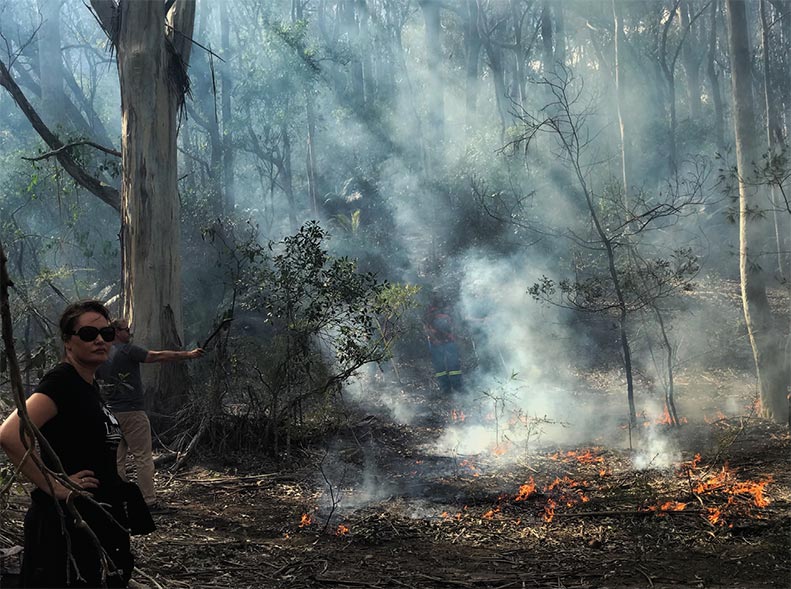
Wattleridge
Wattleridge Indigenous Protected Area (IPA) is situated in the temperate Northern Tablelands of NSW, covers an area of 640 hectares and is owned by the Banbai Aboriginal Nation. The IPA comprises mostly granite soils supporting sclerophyll woodlands and forests and is home to 15 threatened fauna species and four threatened plant species. The Banbai rangers are managing their Country with the aim to preserve cultural and ecological values and have recently reintroduced cultural burning at Wattleridge IPA. Working with Rural Fire Services, the Banbai rangers in 2014 instituted a burning program to protect cultural sites and ensure the land is cared for.
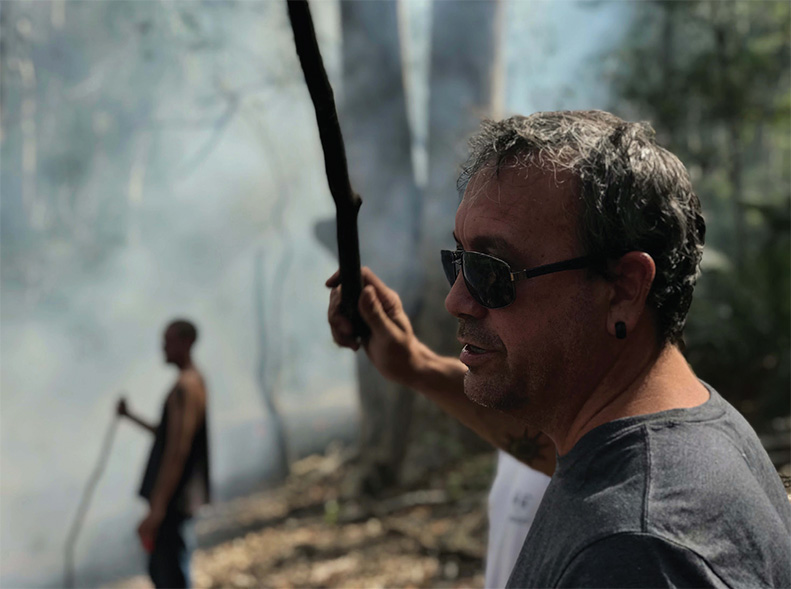
Workshop 2018. Photo: Jason De Santolo
They have commenced a collaborative research project with the University of New England in order to investigate the cultural and ecological changes associated with the reintroduction of Aboriginal cultural burning in the landscape. As part of this research, the collaborators produced Winba (Winba is the Banbai language name for fire), the Wattleridge fire and seasons calendar, which uses bio-cultural indicators to inform land managers about the changing seasons and help to guide fire management.
National Indigenous Fire Workshop, Bundanon Trust 2018
The National Indigenous Fire Workshop is a celebration of cultural fire knowledge and practice bringing together communities from Tasmania, Victoria, New South Wales, the ACT and Queensland. For the first nine years the National Indigenous Fire Workshops were held in Cape York. In 2018 it was held at Bundanon Trust Reserve in Yuin Country, Southern NSW. This is an important and unique event with communities coming together over three days to continue the journey of the Cape York fire workshop series by rebuilding the fire pathways further across Country.
Bundanon Trust Reserve is a beautiful property which hosts over 11 different vegetation communities of native bushland with an abundance of flora species and was once owned by the famous artist Arthur Boyd and his wife Yvonne. It is also the traditional home to the local Mudjingaalbaraga Firesticks team – a men’s group that facilitates learning and support for men in their community and who are also leading the Firesticks Initiative in Yuin Country.
The Firesticks approach is to support Indigenous leadership through community mentorship on Country. The 2018 National Indigenous Fire Workshop fulfils the core work of Firesticks by providing Indigenous leadership, advocacy and action to protect, conserve and enhance cultural and natural values of people and Country through cultural fire and land management practices.
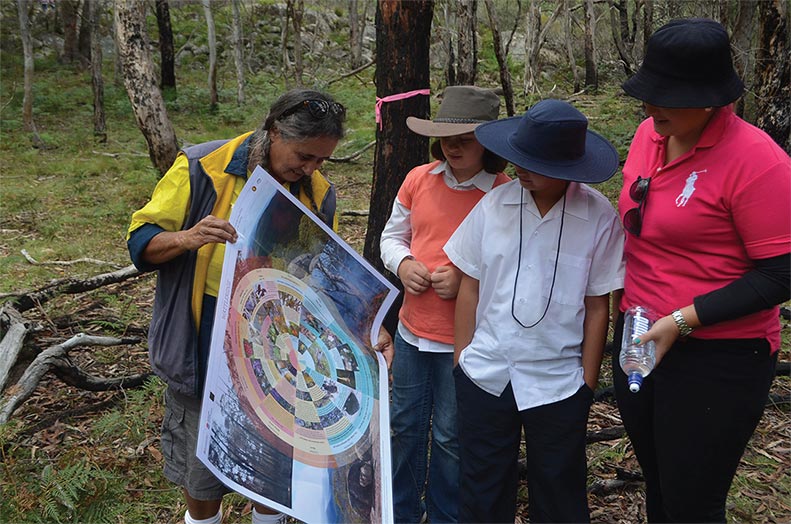
Image: Michelle McKemey
Modern land use has made it very hard for Indigenous people to burn the land in the way that it needs in order for it to be healthy. Apart from the fracturing of Indigenous communities, with families divided and sent to other parts of the country far away from their own Country, the land itself has been fractured into many different parcels of ownership making it very difficult to look after with appropriate fire. Assets such as fences, cattle and buildings plus the variety of land tenures across a region prevent access to the land and therefore fire.
‘Going forwards this is about the future of country… It’s only the beginning of a lot of hard work and a lot of responsibility, so we got to keep lighting the fires, we got to keep having the conversations, we got to keep the yarns going, and we got to keep building on the knowledge of our ancestors, the knowledge of country. Why are we here? We got to ask ourselves that question and we got to answer it every day, we’ve got to get up and we got to get out there and we’ve got to make sure that country is looked after and that our communities are connected to each other. In the old ways people used to walk through the landscapes, we had pathways we had all these connections and everyone understood the lore. Now we don’t see that and we need to see it, we need to see that lore on that landscape in that country and people looking after it. It is so important that we maintain that connection. There is all these solutions there is all this Country that needs to be looked after and there is all these people here that want to do it together.’
The Firesticks Alliance continues to actively work with communities that have regained access to their lands to treat their Country with appropriate fire. This has started the healing process for both the land and its people. Bringing people back onto Country to look after it is the first step of many that will need to be taken on the journey towards healing both land and community.
–
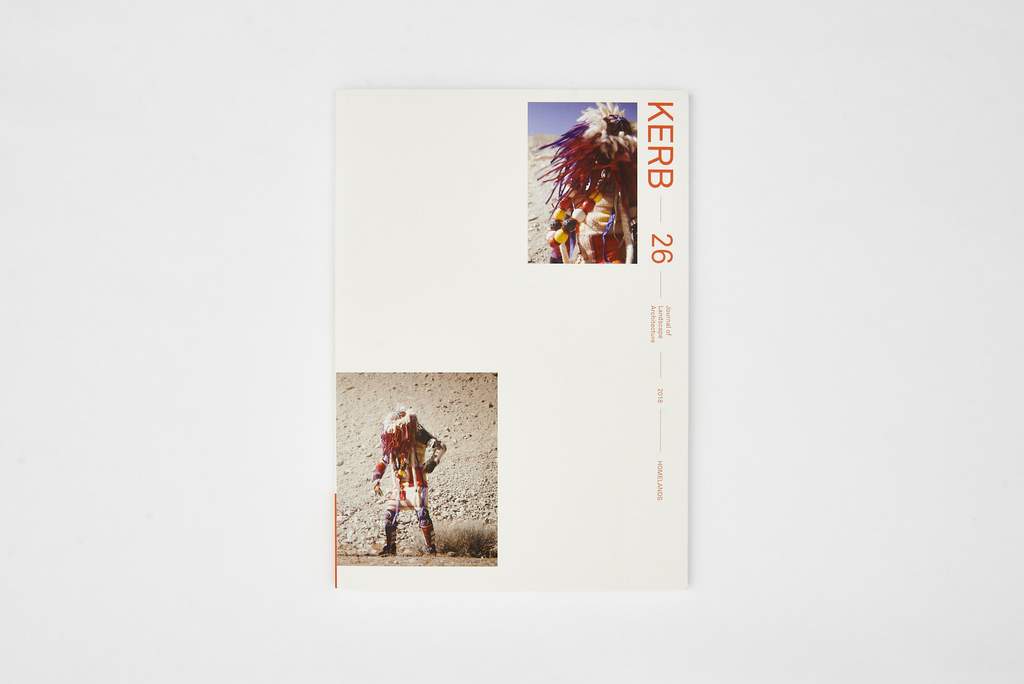
The Firesticks Alliance Indigenous Corporation aims to re-invigorate the use of cultural burning by facilitating cultural learning pathways to fire and land management. Firesticks is facilitating training, implementing on-ground works and conducting scientific monitoring to establish a greater understanding of the ecological impact of cultural burning practices, empowering Aboriginal and non-Aboriginal communities to work collectively towards resilient landscapes.


